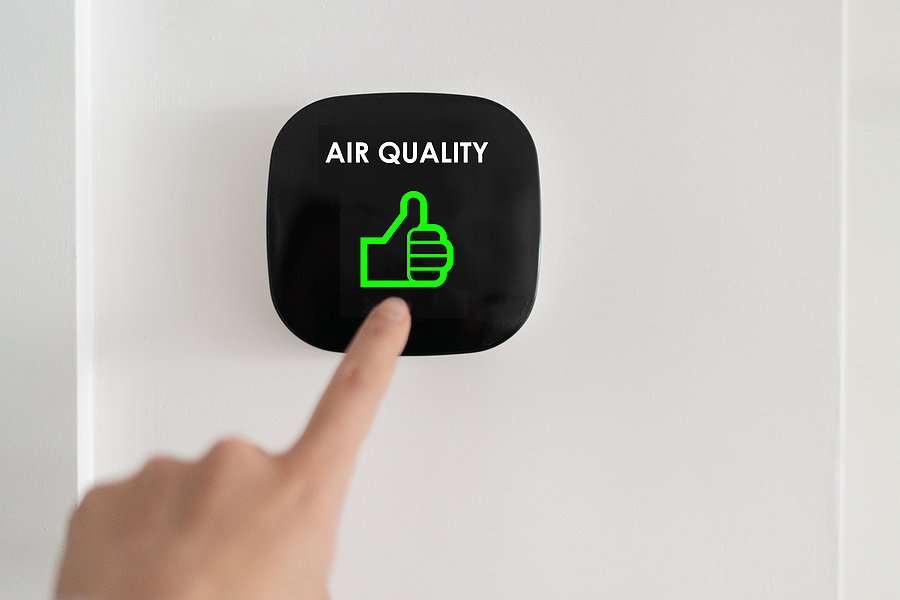Whether they’re in an office, manufacturing facility, or other commercial setting, everyone would prefer to work in a building with safe, clean air to breathe. But as simple as that sounds, it requires building and facilities managers to pay close attention to indoor air quality (IAQ) and take steps toward continuous improvement.
What is IAQ, and why is it important?
According to the US Environmental Protection Agency (EPA), indoor air quality “refers to the air quality within and around buildings and structures, especially as it relates to the health and comfort of building occupants.”
There are a wide variety of particulate, chemical, and biological pollutants that can make indoor air unsafe and the workplace uncomfortable — from bacteria, viruses, and fungi to smoke, emissions, and dust. These pollutants create poor IAQ and can have significant short- and long-term health impacts, including:
- Eye, nose, and throat irritation
- Fatigue
- Headaches
- Asthma attacks and allergic reactions
- Respiratory diseases
- Heart diseases
- Cancer
Air quality also impacts productivity, and the evidence is well-documented. For example, a 2016 Harvard study found that cognitive functioning scores were higher in those who worked in Green office buildings (low concentrations of volatile organic compounds, or VOCs) than Conventional office buildings (high concentrations of VOCs).
How can you improve IAQ?
With all this in mind, it’s easy to see why air quality is a crucial component of building maintenance. But improving IAQ involves a lot more than regularly changing air filters around the office.
For those striving to provide better air quality in the workplace, here are a few helpful strategies.
Recommended Resource: Building Air Quality Guide: A Guide for Building Owners and Facility Managers [EPA]
1. Stop the source
If odors, chemicals, and other contaminants are coming from an identifiable source, you may be able to manage or eliminate these sources to improve IAQ. Examples of this might be prohibiting smoking in and around the building, immediately cleaning up spills and debris, and controlling humidity to prevent fungal and bacterial growth.
2. Clean up the air
Regularly changing filters and maintaining HVAC systems are good first steps toward keeping the air clean. If current filters aren’t proving effective at eliminating particulates, odors, molds, and other pollutants, it might be worthwhile to switch to a HEPA filter or a filter with a higher minimum efficiency reporting value (MERV).
Portable air filters may be useful for additional filtration, especially in areas with limited ventilation or where contaminants tend to accumulate. Building managers can also take advantage of technologies such as UV sanitization and ionization to further reduce contaminants and kill pathogens.
Recommended Resource: Indoor Air Quality Guide: Best Practices for Design, Construction and Commissioning [ASHRAE]
3. Increase ventilation
Boosting ventilation in the affected area improves airflow and distribution, helping to circulate indoor air with outdoor air and filter out contaminants. Ventilation equipment can also help control pressure relationships and keep pollutants from spreading.
However, while outdoor air might help dilute contaminants inside, it may also introduce new contaminants. So this strategy relies on good outdoor air quality — it’s critical to investigate any potential contaminant sources on the building exterior — and conditioning prior to use in the building.
4. Limit exposure
If you know a particular activity, such as roof repairs or pest control, will produce pollutants, it’s best to schedule it for a time when the building will be unoccupied. Another option is to remove sensitive individuals from the exposure area.
—
Have questions about air quality and other industrial health concerns? Contact us to learn more about TriMedia’s industrial hygiene services — including IAQ assessments and monitoring, industrial hygiene plan development, and ergonomic assessments (industrial and office).

